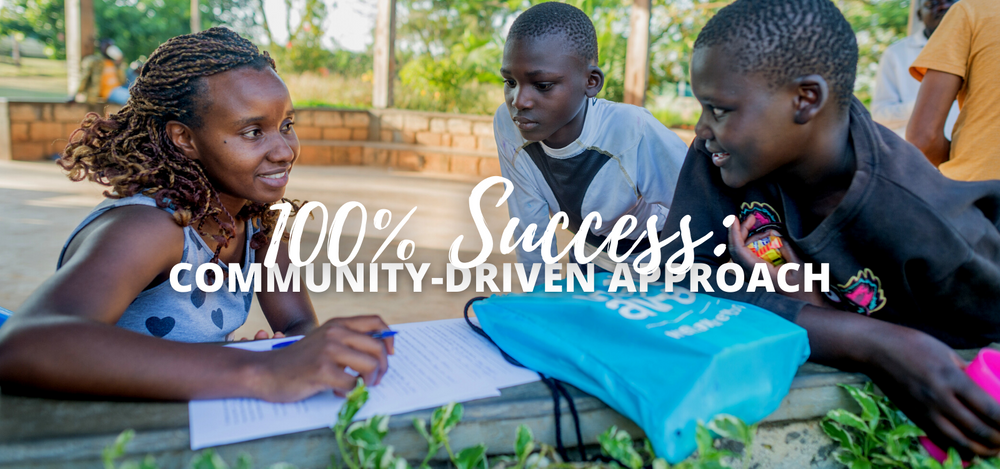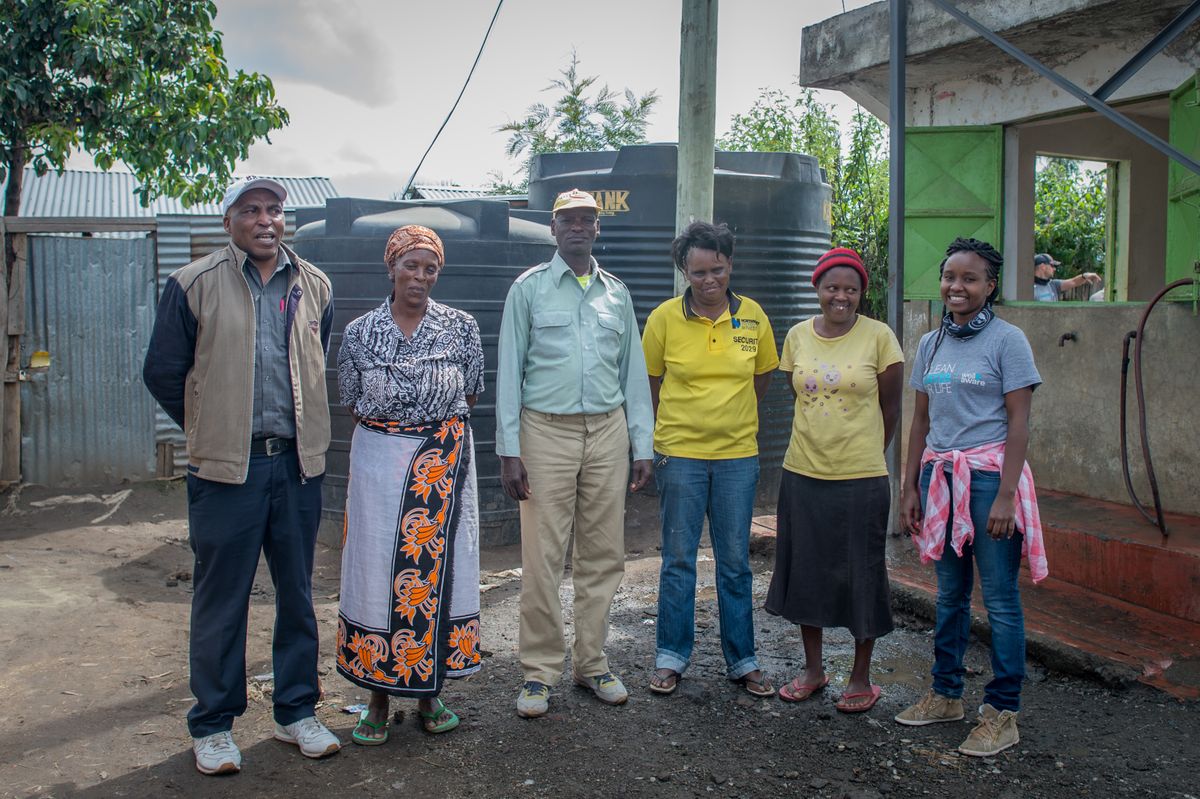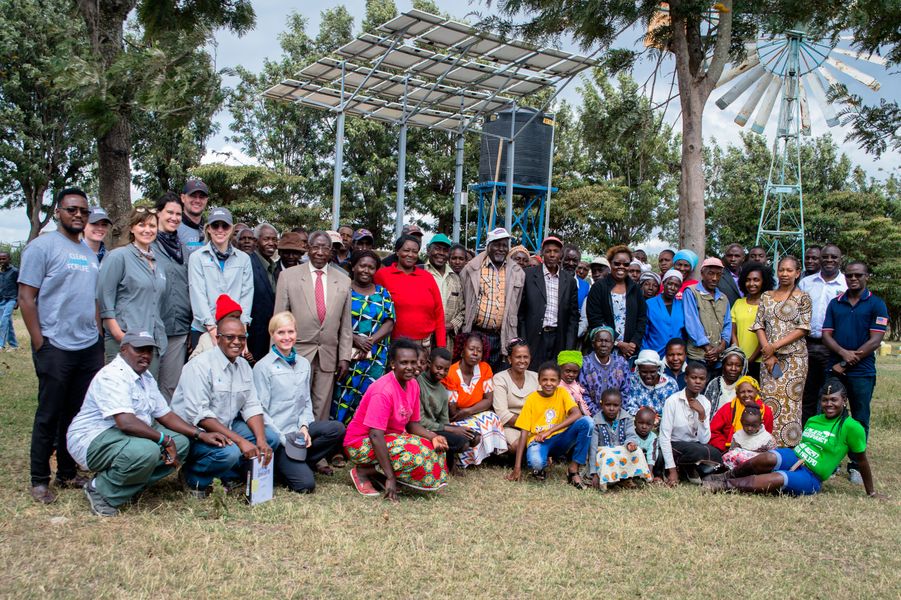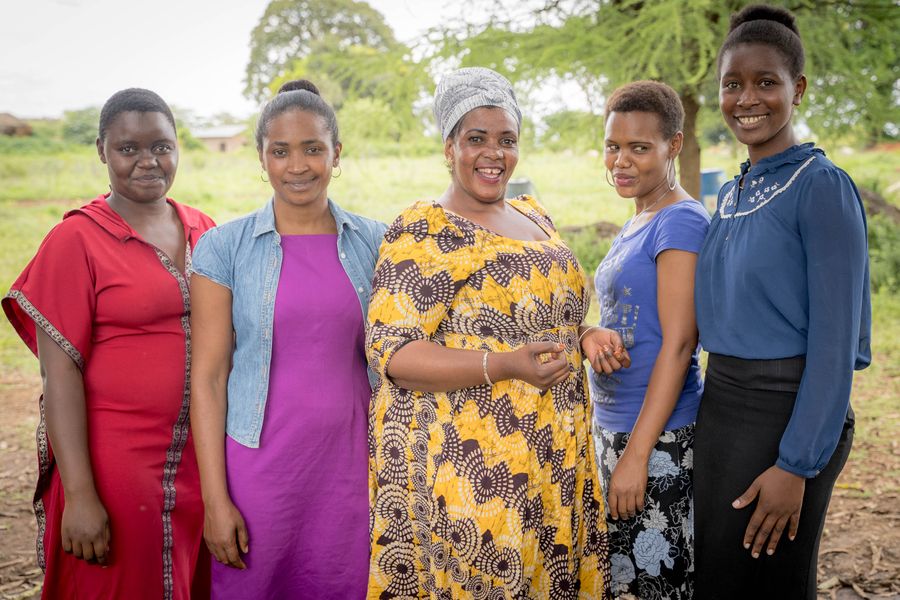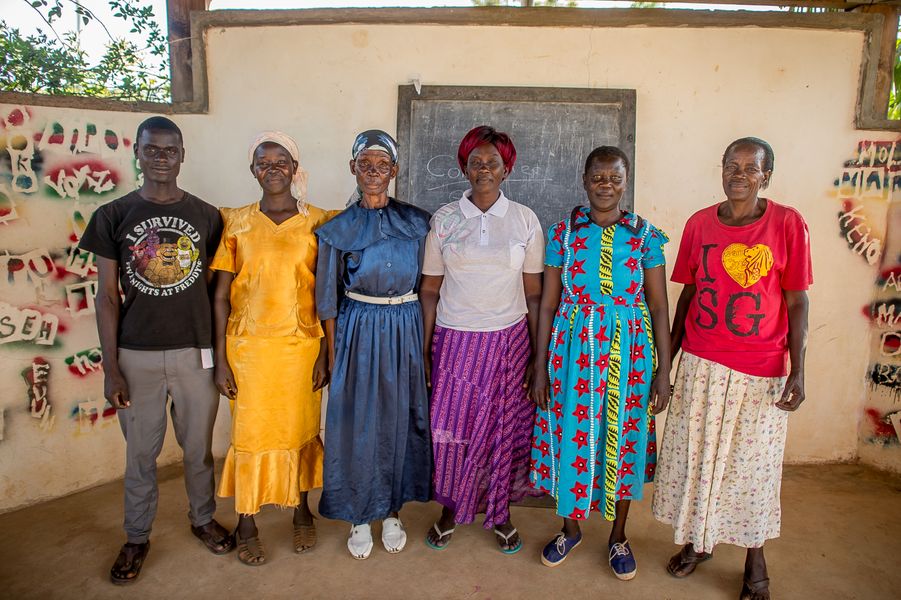August 1, 2021
100% Success: Our Community-Driven Approach
At Well Aware, community is one of our core values. When we begin any water project, we make sure the voices of the community we are working with come first. We build trust by being upfront about every step of our journey and what it takes to get there. We build these relationships by working side by side, hand in hand, as one community on a mission to bring lasting clean water.
This Water Awareness Month, we want to highlight just how important this Community-Driven Approach is for building 100% successful clean water solutions that will yield long-term development and growth.
Read on to hear from Well Aware’s Community Manager, Karen, about how we collaborate with communities in East Africa every step of the way.
HOW WE FORM TRUE PARTNERSHIPS WITH COMMUNITIES
Community involvement is paramount to any water project and must begin at the very start of the project. For Well Aware, the community can either reach out to us with a need for water, or the technical team can identify a community that is experiencing water scarcity and offer up a project request form for them to initiate a partnership if they so choose. A large percentage of our requests for water projects come in via Facebook, social media, or word of mouth.
Once a request for a water project is submitted, our Kenya-based team visits the community, where relationships are formed and nurtured. These are not ordinary donor-client partnerships. We establish relationships founded on a mutual agreement for the need for water and the capability to provide the vital resource. It’s the promise of hope that builds trust in us and ensures the security, great management, and long-term viability of our projects for decades. When the community is not involved, conflict is bound to rise and this will jeopardize the project. In fact, a primary reason why 60% of water projects in Africa fail is due to a lack of community involvement and ownership in the system.
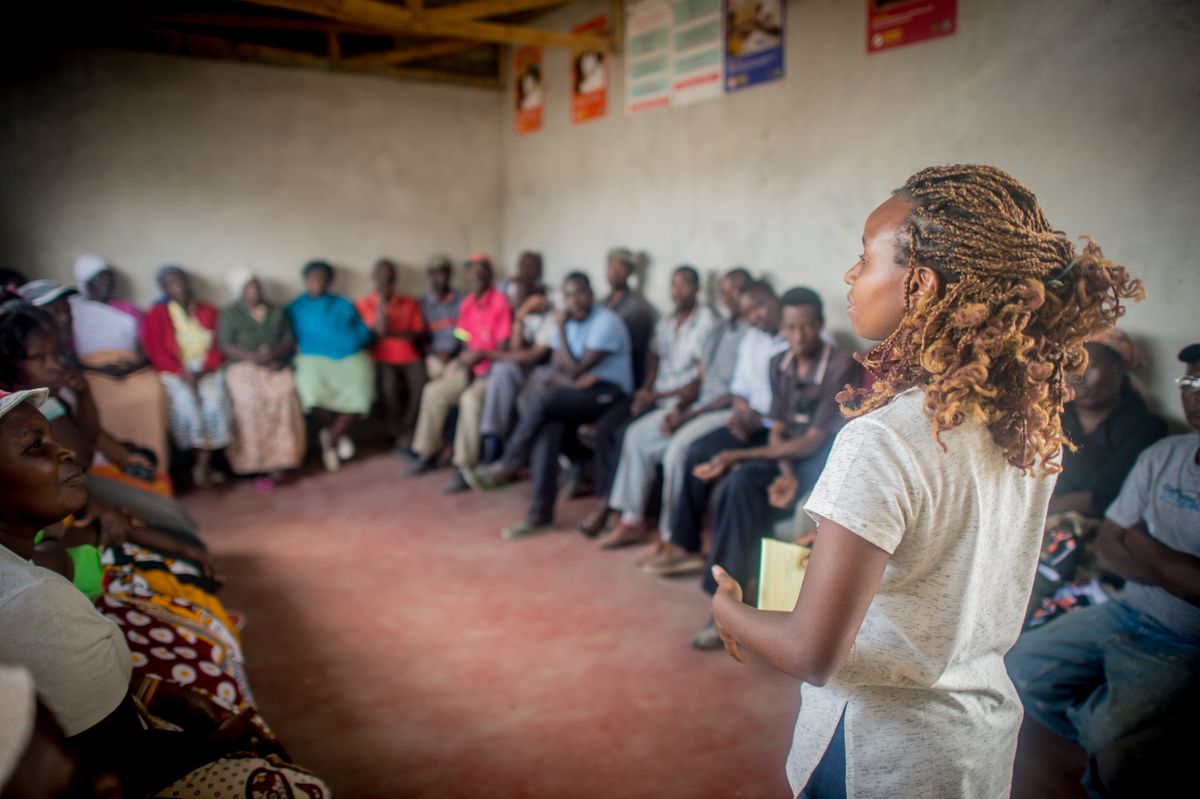
Every community and geographic area experience different water access issues, community dynamics, and levels of development. Thus, community involvement is not only critical for the long-term success of a water project, but it also helps us better identify and understand their needs. Communities know better than we do what they need, and we listen. Based on their feedback, we then develop customized solutions to address water issues at the community level, linking the right resources for each unique community.
When involved, the community will also take better ownership and maintenance of the project as they can relate and connect to the water system. This also reduces the risk of vandalism, since the community initiates this entire process as opposed to having a project forced upon them.
SELECTING AND TRAINING A LOCAL WATER COMMITTEE
One key aspect of Well Aware’s community-driven approach is equipping local leaders with the knowledge and skills to oversee and maintain the water project long after implementation. We do this by helping them elect a local, gender-balanced, water management committee, if they do not already have one established, and conducting critical WASH (Water, Sanitation, and Hygiene) training.
The training covers major aspects which include:
- Water system operations, management, and maintenance
- Uses, conservation, and protection of water resources
- Committee election, roles, and management
- Environmental management
- Health, sanitation, and hand hygiene
- Waste disposal
- Cleaning and disinfection
- Water treatment
ONGOING COMMUNITY SUPPORT LONG AFTER IMPLEMENTATION
From my work in this field, it is evident that many water projects implemented by other organizations fail because the community is rarely provided follow-up training on water use, management, hygiene and sanitation after implementation.
That’s where we’re different.
After a water committee is in place and initial training has been completed, the Well Aware team leaves a manual with the chairman for referral and training of other water users. Our team then completes follow-up training later on that helps further distill the knowledge and tools within the community, typically targeting schools, homes, and other key community facilities.
Then, one year after the water project is implemented, and for regular intervals thereafter, Well Aware returns to evaluate the impact of the water project, improving on gaps that might have been created and ensuring more and more people have access to reliable clean water and sanitation. Although most of our partner communities are able to maintain their systems without us, our team is always reachable for problems that arise.
IT TAKES A VILLAGE
This community-driven approach isn’t just limited to our partner communities in East Africa. We also apply these values within our own internal team and our supporter base. You may know the saying, “It Takes A Village.” This is certainly true for our clean water projects. That’s why, this Water Awareness Month, we hope you will join our monthly donor community, The Village. This is the best way to support our mission year-round and help more people in need gain clean water on a regular basis.
